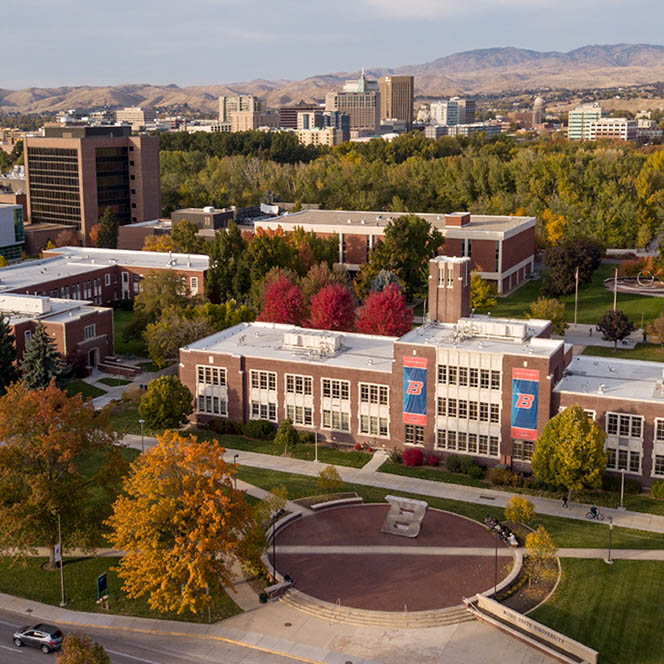
- This event has passed.
Graduate Defense: Md Asif Rahman
November 3, 2023 @ 12:30 pm - 1:30 pm MDT
Event Navigation


Dissertation Information
Title: Understanding Complex Chemo-Physical Distress And Mitigation Mechanisms Of Structural Concrete Using Physics-Informed Machine Learning Method
Program: Doctor of Philosophy in Computing
Advisor: Dr. Yang Lu, Civil Engineering
Committee Members: Dr. Tim Andersen, Computer Science; and Dr. Edoardo Serra, Computer Science
Abstract
Concrete is widely used construction material in the world. It is made from cement, water, and aggregates, providing exceptional strength and durability, making it ideal for high-traffic areas like highways and runways. However, structures made with concrete deteriorate over time and require a better understanding of the underlying chemo-physical phenomena. For instance, cement hydration is a crucial chemical process in concrete formation, involving complex reactions and physical changes, resulting in a solid, durable material. This exothermic process produces calcium hydroxide (CH) and releases heat, contributing to temperature fluctuations. On the other hand, sulfate attack comes up with detrimental chemical reactions to form ettringite and consecutive undesirable expansion in concrete. To address these issues, a robust model for predicting the chemo-physical behavior of cement-concrete is needed. This research explores the application of physics-informed machine learning (PIML), an interdisciplinary approach that combines physics and machine learning to enhance model performance and interpretability. The study focuses on developing chemo-physical models to quantify and mitigate cement-concrete distress, presenting the results in three journal manuscripts.
In the first manuscript, the focus lies on the introduction of PINN-CHK, a physics-informed neural network (PINN) model designed to predict cement hydration kinetics. Its primary objective is to explore temperature variations during the initial phases of cement paste hydration. PINN-CHK harnesses data-driven methodologies to construct an accurate predictive model, incorporating material characteristics and maturity functions associated with cement hydration. It adeptly aligns with both empirical findings and the fundamental principles of physics, resulting in a simulation that operates without the need for traditional mesh structures.
The second manuscript is dedicated to the development of EcoBlendNet, an innovative physics-informed neural network, designed to scrutinize carbon emissions during the enhancement of cement hydration with supplementary cementitious materials (SCMs). EcoBlendNet amalgamates empirical data with the chemical and physical facets of cement hydration in a heated cement paste, providing precise predictions of concrete maturity and compressive strength. It accomplishes this by accurately capturing the temperature increases during the early stages of hydration for various mixtures, including Portland cement, cement-fly ash blends, and cement-slag blends. Notably, SCMs prove effective in mitigating temperature rises while maintaining strength development.
The third manuscript addresses PyrrhotiteNet, a pioneering sequential structure based on a physics-informed neural network. PyrrhotiteNet aims to handle coupled differential equations conjugating both Pyrrhotite oxidation and sulfate attack in concrete. By leveraging experimental data and incorporating physical insights, PyrrhotiteNet allows the model to quantify sulfate ion concentration and concrete expansion, facilitating the assessment and prediction of sulfate attack’s extent, distribution, and progression. The validated PyrrhotiteNet aligns with real dam measurements and can predict future structural displacement with minimal training data. In essence, the developed PyrrhotiteNet represents a mesh-free, data-driven platform for accurate predictions of concrete expansion and displacement, rivaling traditional finite element solvers.
Hence, the ultimate result of this study reveals a groundbreaking physics-informed modeling approach that effectively bridges the gap between theoretical principles and real-world applications. This approach offers an enticing departure from traditional finite element solvers and machine learning techniques, fostering a deeper comprehension of cement hydration and sulfate attack kinetics, maturity, strength development, and overall concrete performance. When integrated into infrastructure asset management methodologies, it carries the potential to enhance the design of durable concrete structures and pavement, facilitating prompt maintenance as well as eco-friendly and cost-effective solution.

